In early 2007, Samsung introduced its F700 model. It wasn't the first touchscreen phone, but it was certainly the first where the company made a concerted effort to create an attractive and functional touchscreen user interface—at least compared to the boring handhelds of the day.
The result was Croix, which means "cross" in French. Looking at the UI grid, you'll immediately understand why it's called that. The interface won the IF Design Award, a year after it won the same award LG Prada phone (as you may recall, the Prada was the first phone with a capacitive touchscreen).
You could be interested in
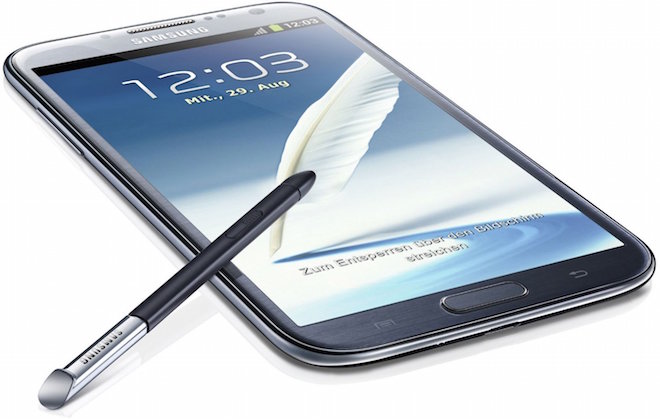
At that time there was an explosion of touch interfaces. Croix reminds us of Sony's XrossMediaBar, which first appeared on the PS2 and later became a default feature on the PS3, PSP, and several Sony phones. Croix was also used on the stylish Samsung P520 Armani phone, which was unveiled at the Giorgio Armani show at Milan Fashion Week. Despite the initial acclaim Croix received, that's pretty much where his story ends. Samsung prepared something even more ambitious to replace it.
This came in mid-2008 with the arrival of the Samsung F480, sometimes known as Tocco or TouchWiz. This phone really had the first incarnation of the touch user interface that would grace Samsung phones across many platforms for many years to come.
The F480 model had a 2,8″ resistive touch screen with a resolution of 240 x 320 pixels. It was stylish with a brushed metal textured back panel and faux leather flip. Samsung also teamed up with Hugo Boss to create a special edition phone that came with a Bluetooth headset. TouchWiz offered one great thing from the start – widgets, which were a great way to let users customize the look and feel of the phone. On the touch screen, the music player widget could display play buttons, there was also a widget for photos and more. The Samsung S8000 Jet phone was a model with an AMOLED display and a powerful 800MHz processor, the performance of which allowed the TouchWiz 2.0 system to run.
In 2009, the first smartphone saw the light of day Androidem - specifically it was the I7500 Galaxy with clean Androidem. Samsung's own user interface into the operating system Android it only got with the TouchWiz 3.0 version, and with great force - the original Galaxy The S was the first model to run TouchWiz. TouchWiz stuck around for a surprisingly long time - Samsung replaced it only in 2018 with the graphical superstructure One UI.
Samsung devices received by 10/12/2023 Android 14 and One UI 6.0:
- Galaxy S23, S23 +, S23 Ultra
- Galaxy S22, S22 +, S22 Ultra
- Galaxy A54
- Galaxy ZFold5
- Galaxy Z-Flip5
- Galaxy S23FE
- Galaxy Tab S9, Tab S9+, Tab S9 Ultra
- Galaxy A73
- Galaxy M53
- Galaxy A34
- Galaxy S21, S21 +, S21 Ultra
- Galaxy Tab S8, Tab S8+, Tab S8 Ultra
- Galaxy A14 5G
- Galaxy A53
- Galaxy A24
- Galaxy S21FE
- Galaxy A14 LTE
- Galaxy A33
- Galaxy A52
- Galaxy Tab S9 FE and Tab S9 FE+
- Galaxy M33
- Galaxy M14 5G
Samsungs that already have the option Androidat 14, you can buy it here, for example
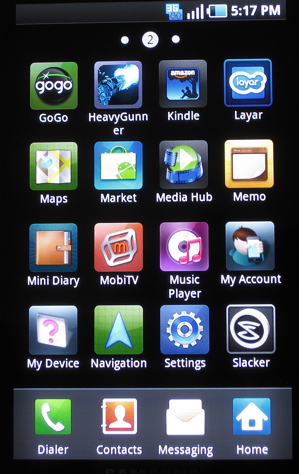
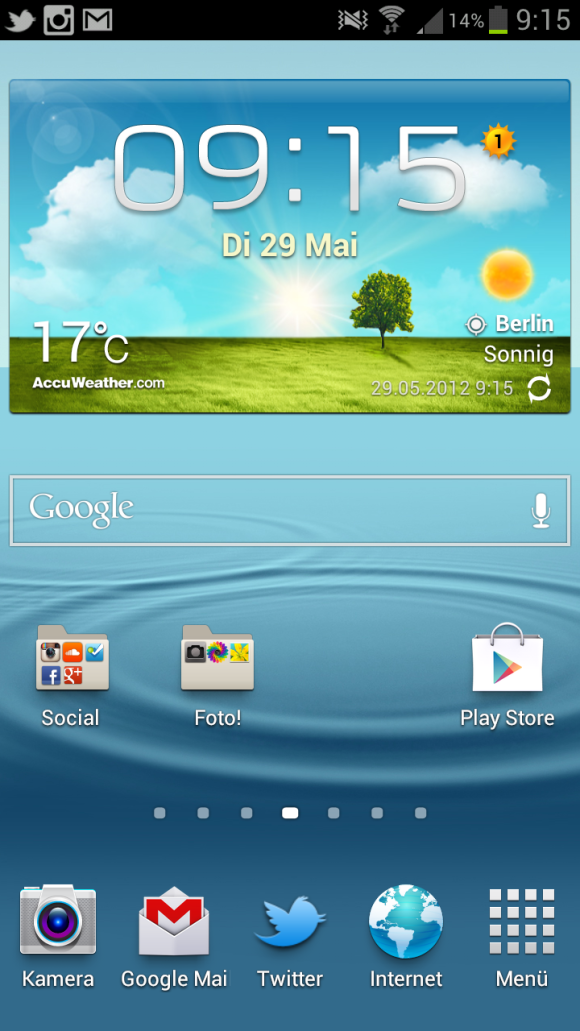
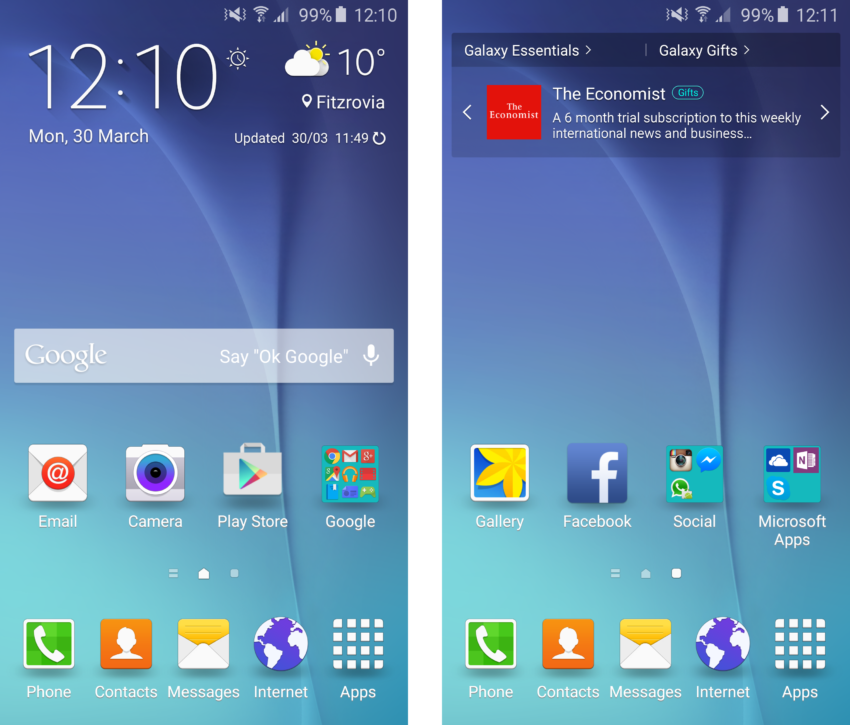
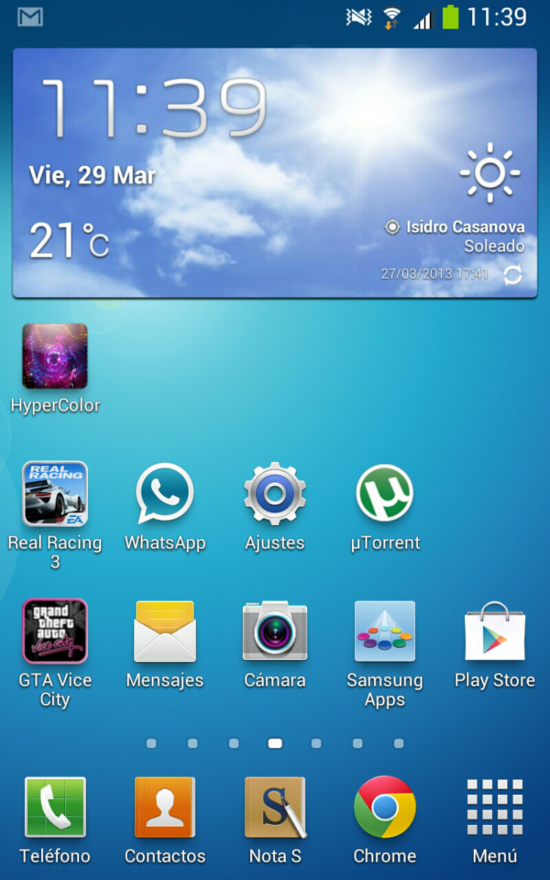
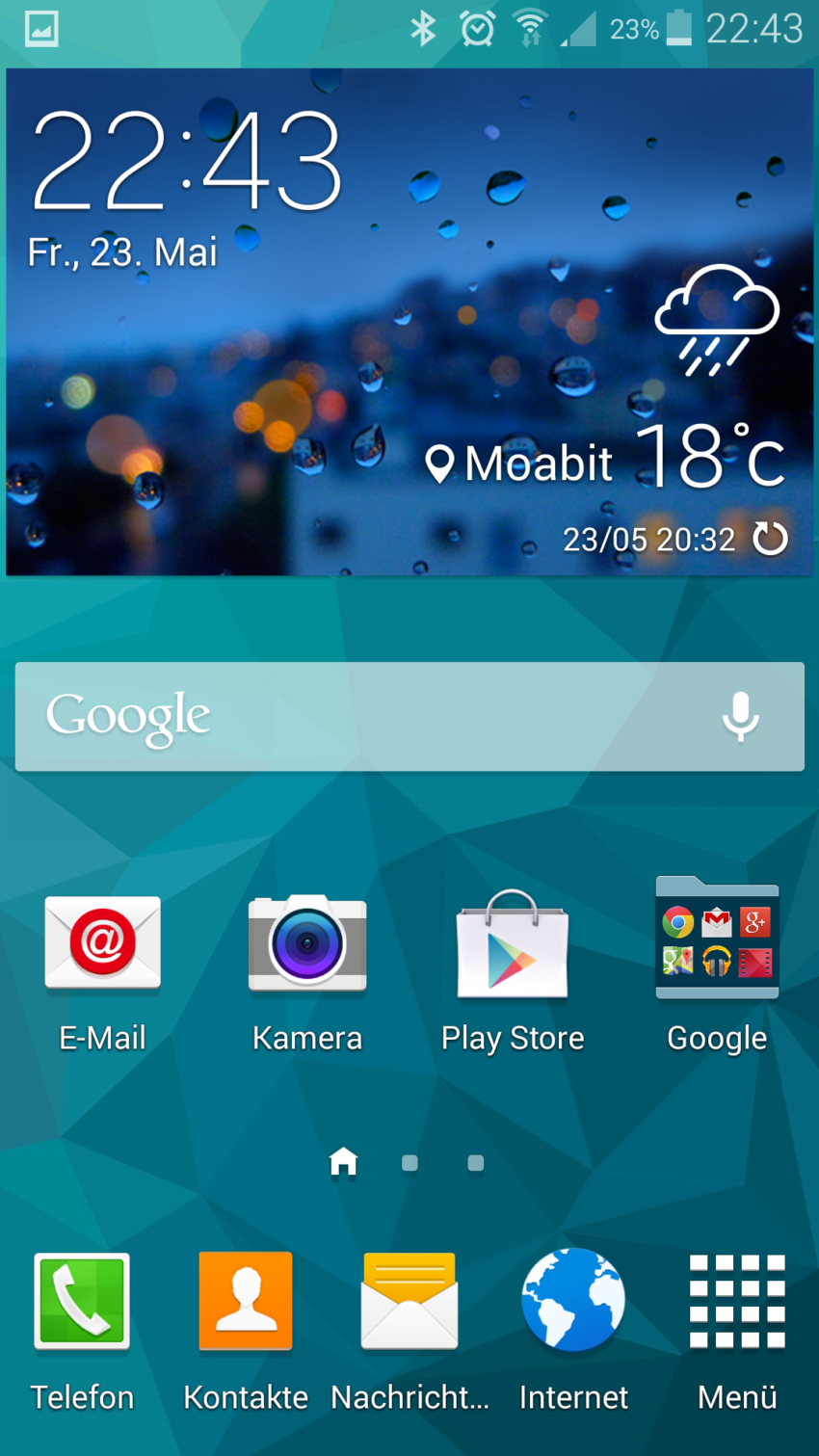
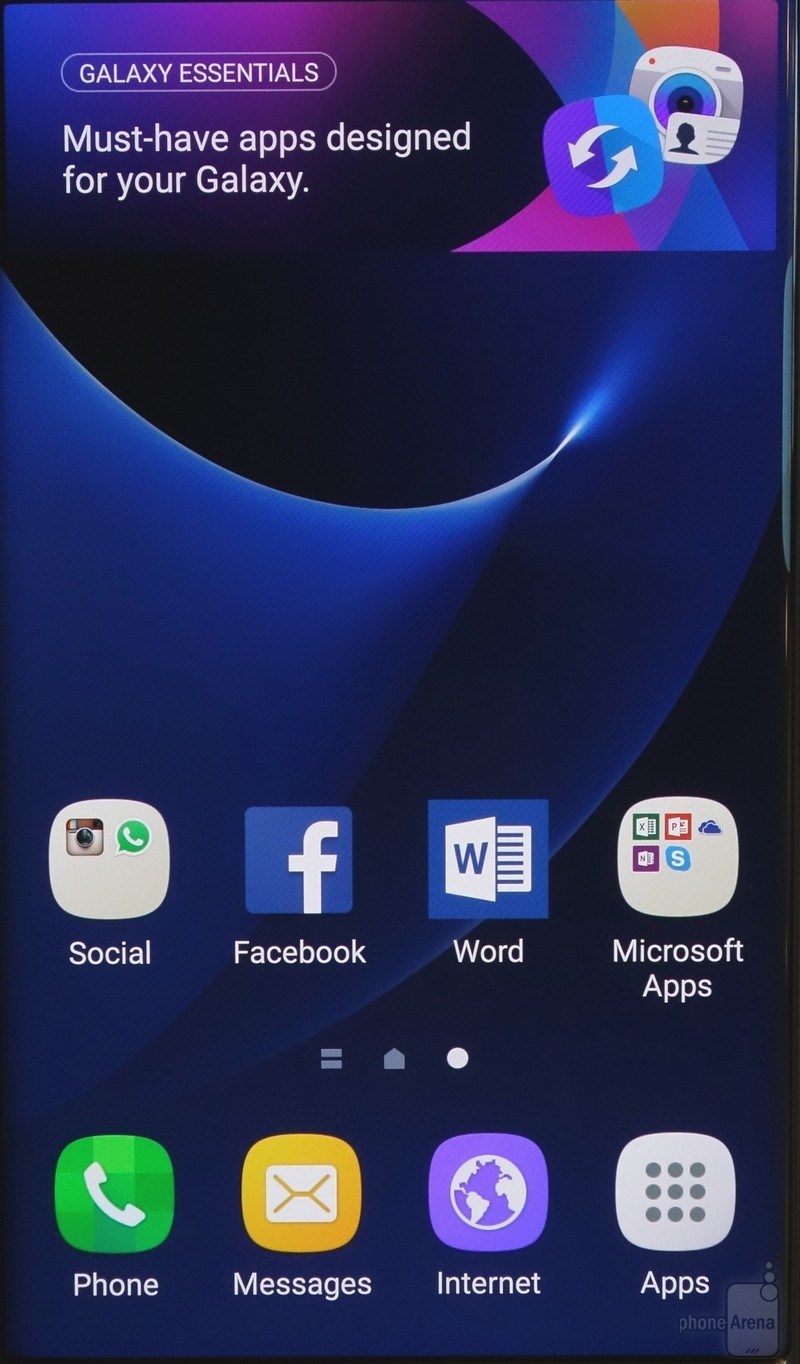
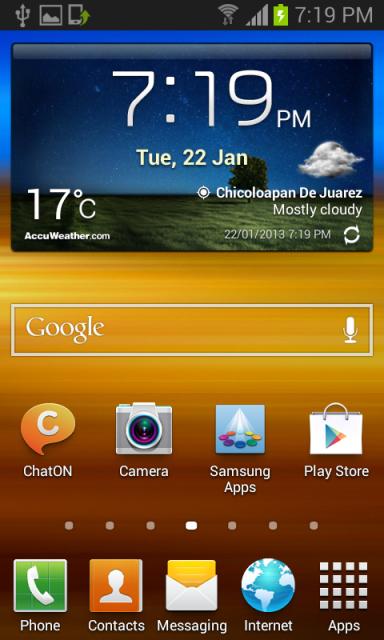
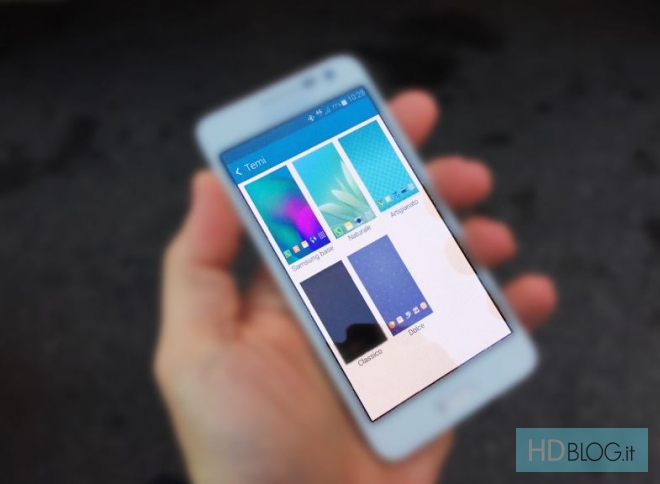
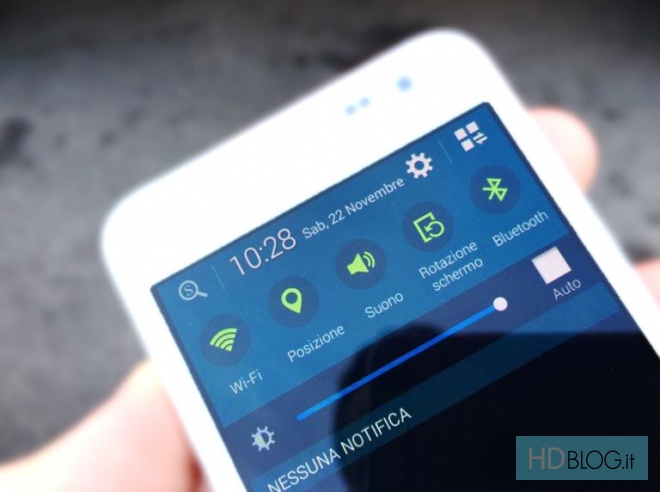
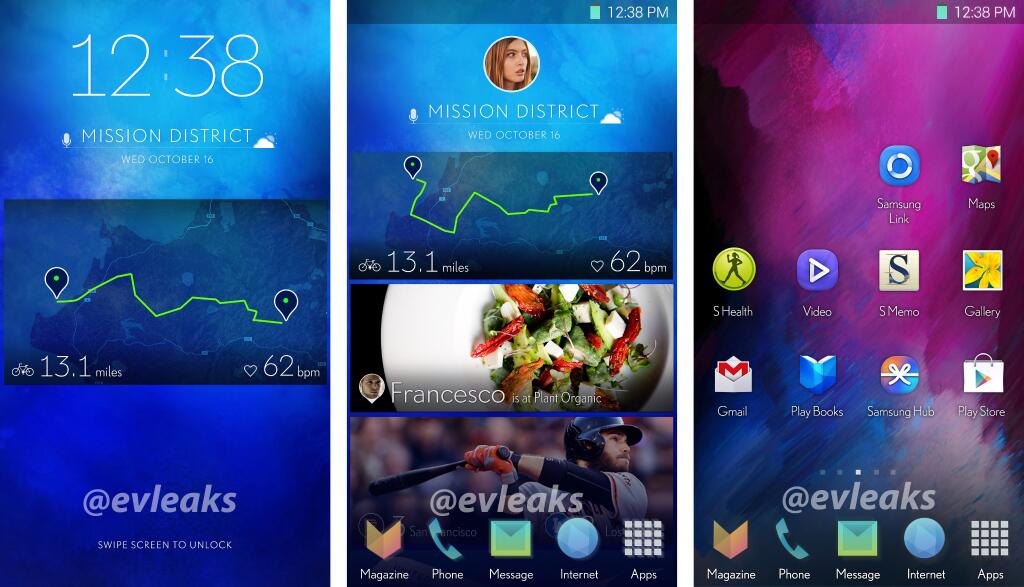
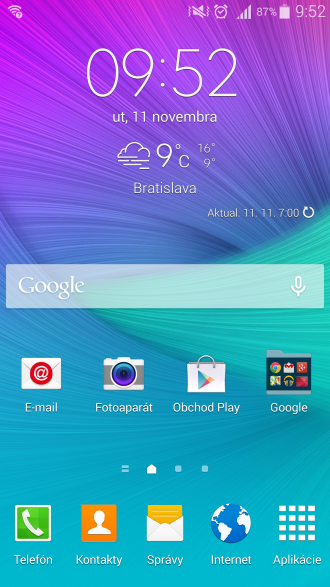
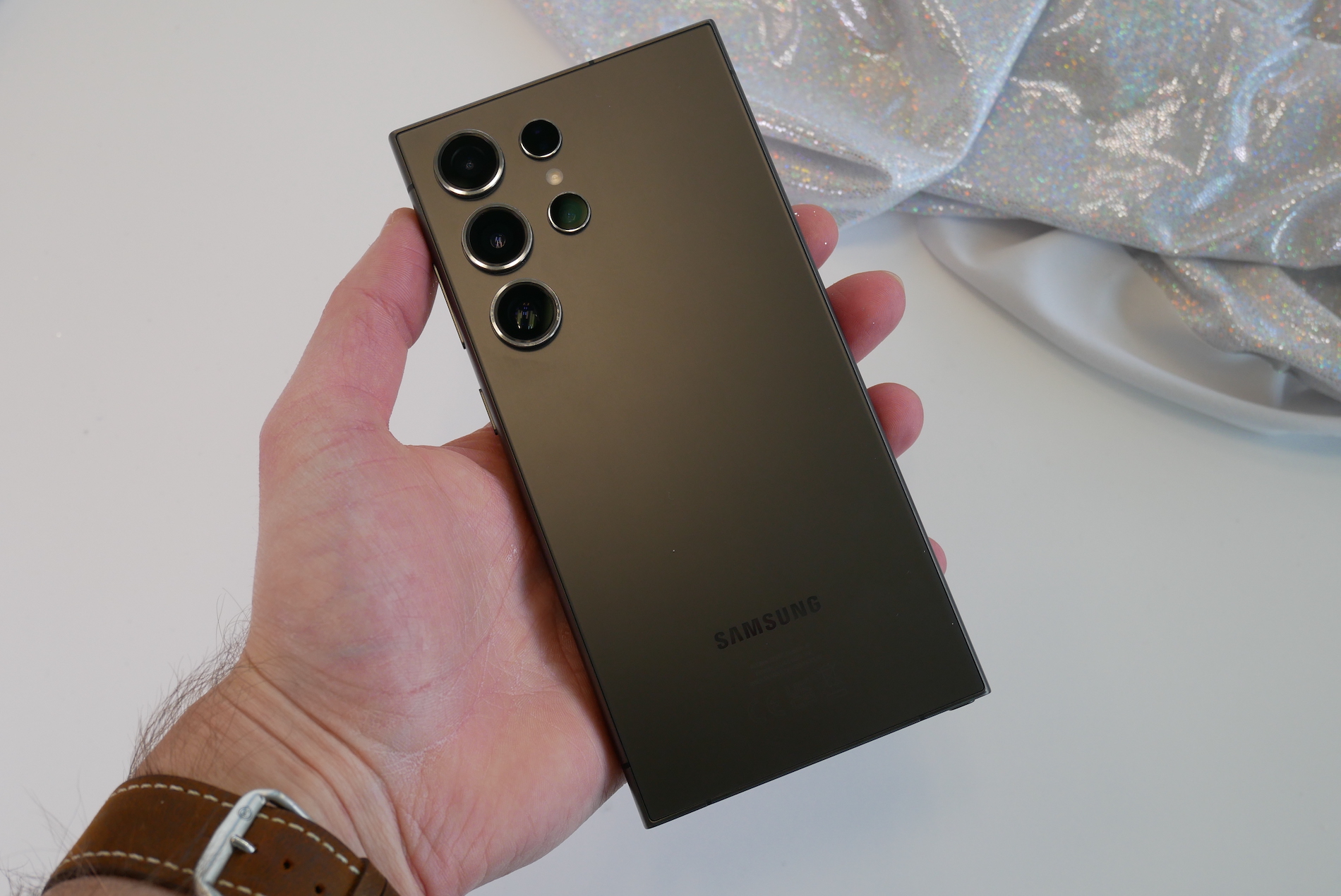
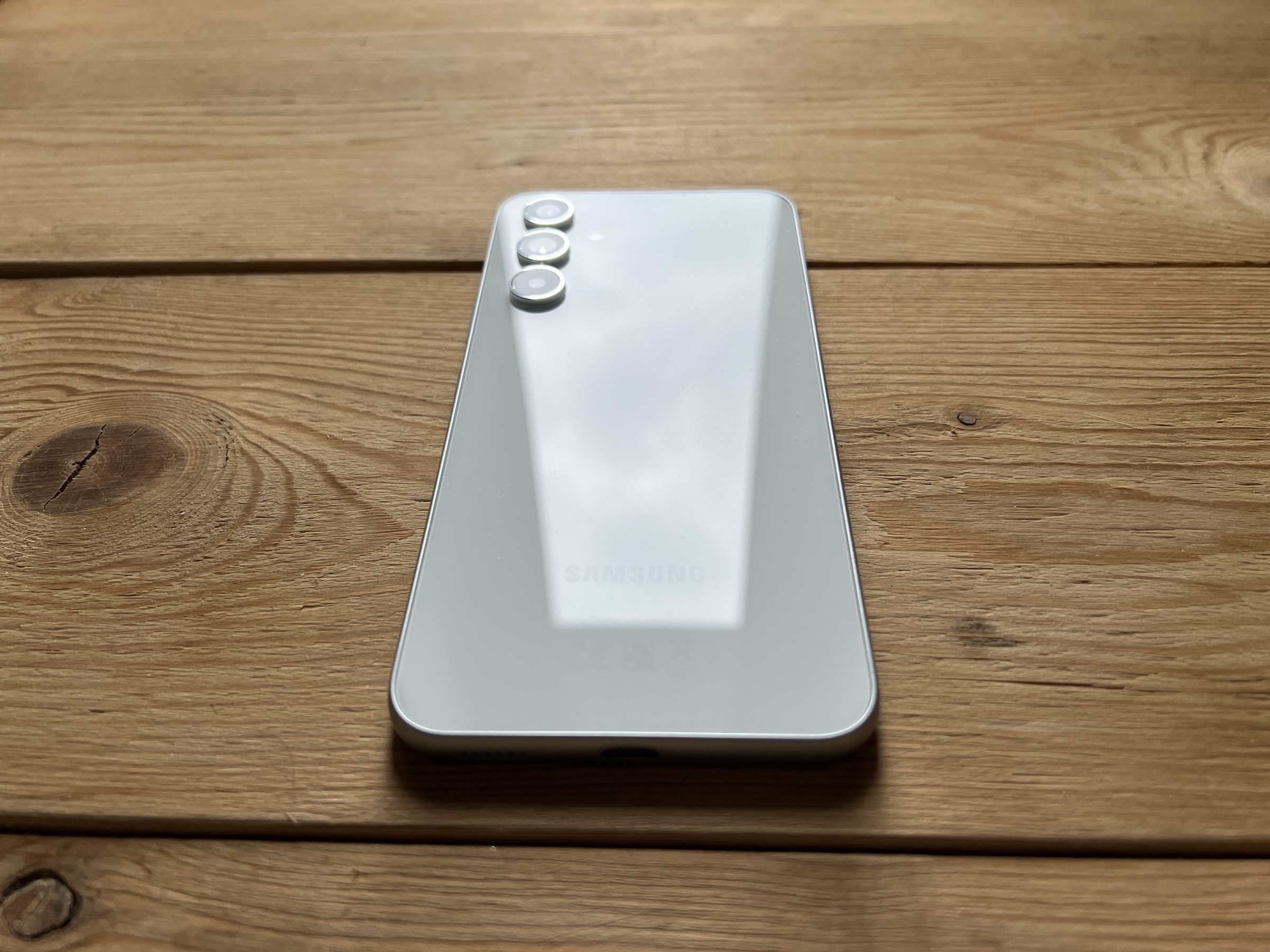
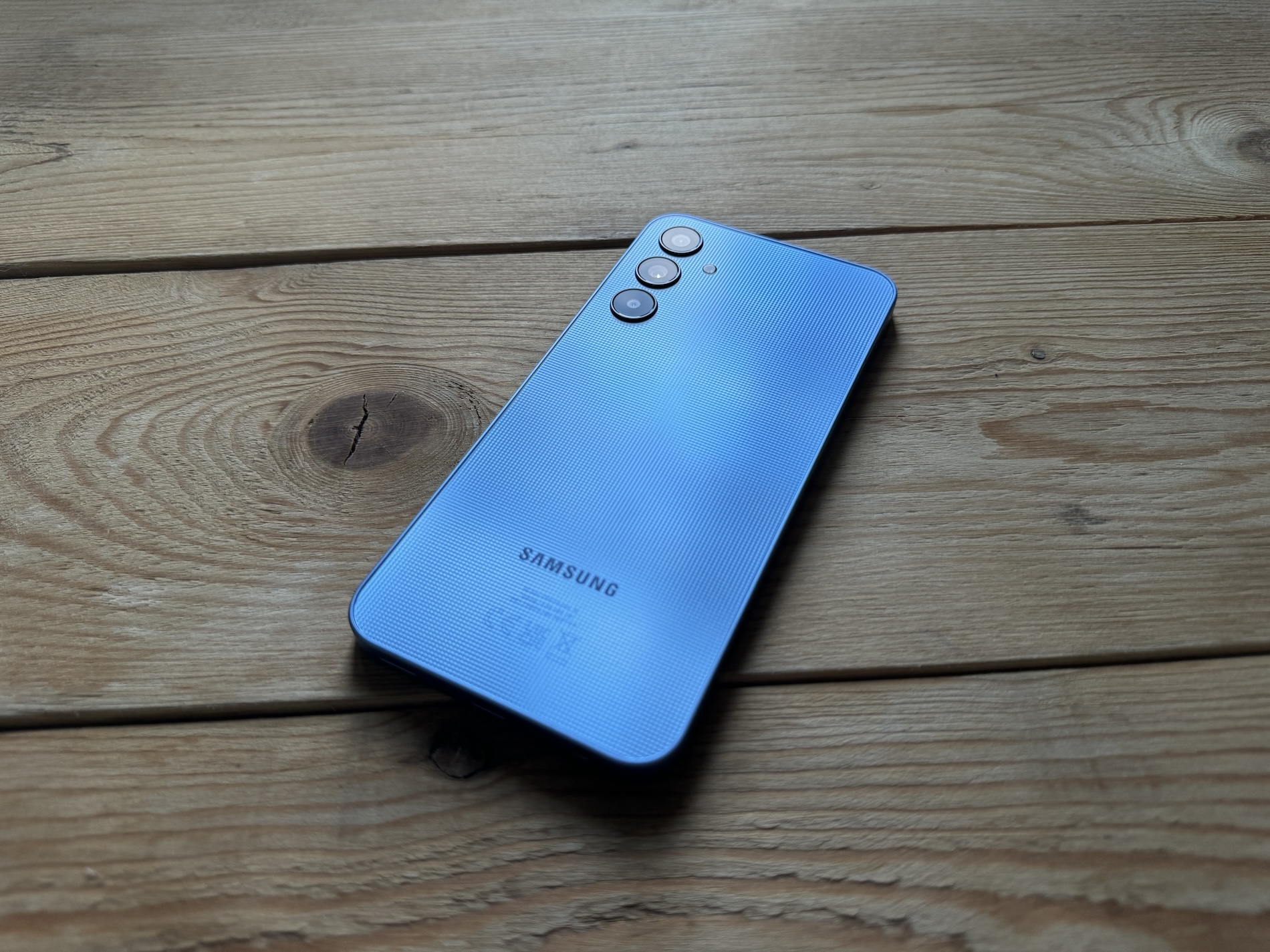
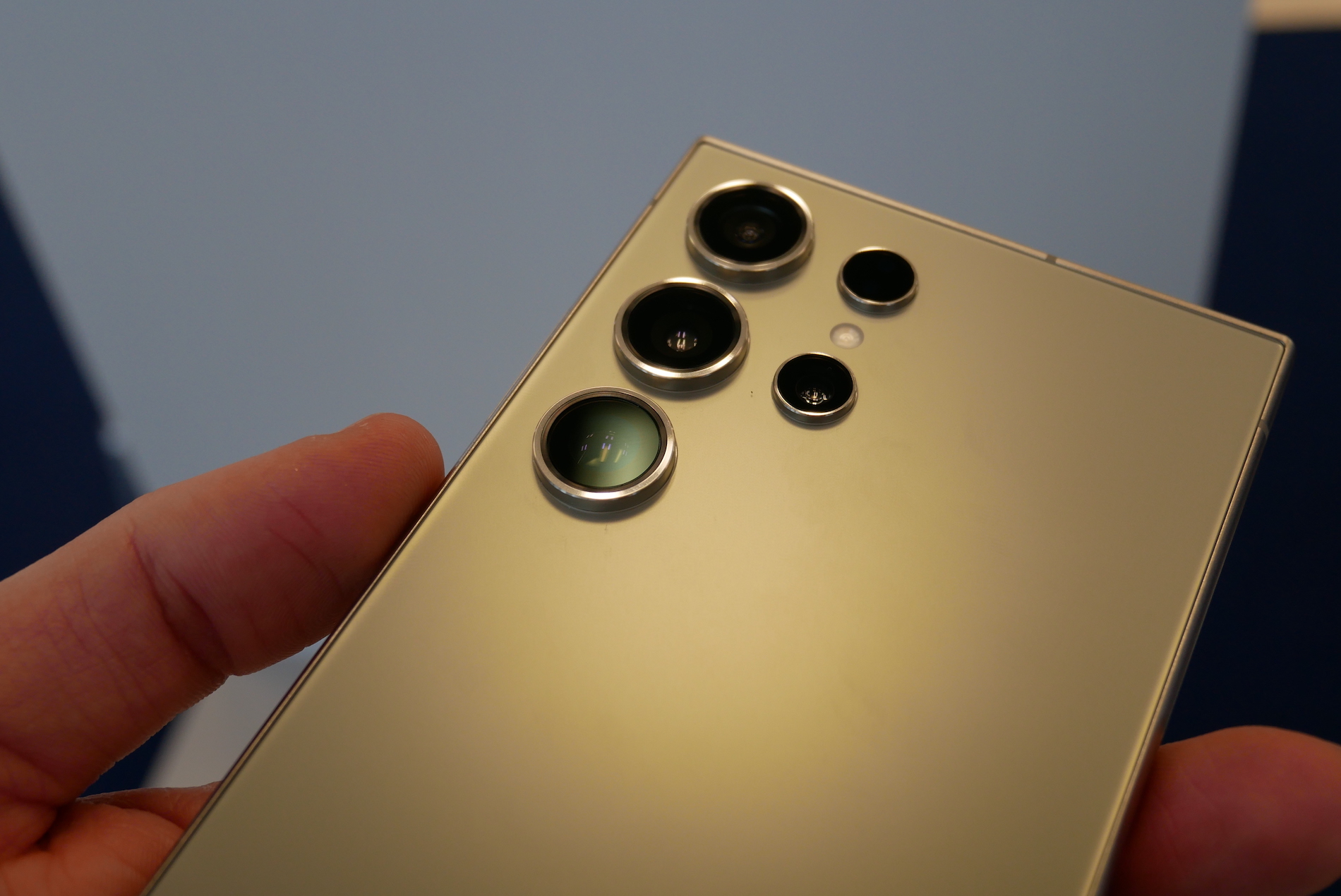
The era of flashing and rooting.. But also thanks to it there are so many functions that we use today as a matter of course.. Even today I still remember the endless GS3 Flashes and the XDA dev forums, when apk and FW from the successor and beta versions were leaked, which were immediately compared on older models. I still remember that time..